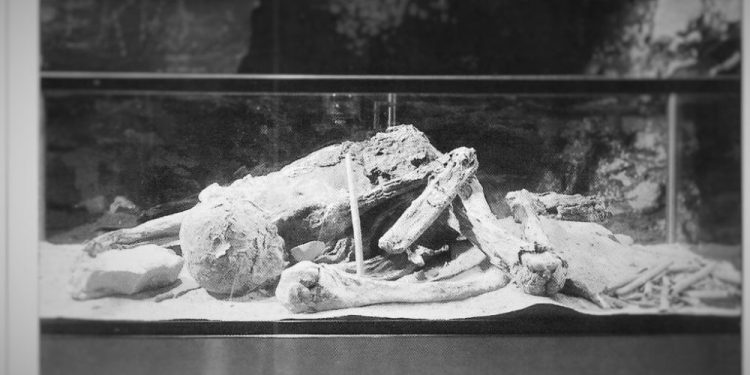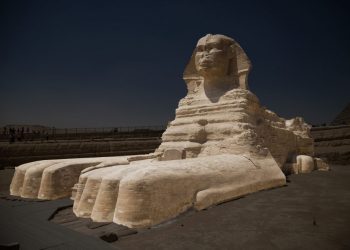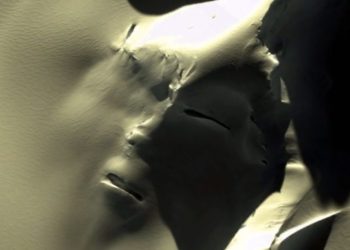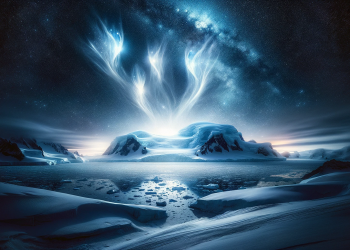Some 200 years ago, a mysterious mummy was discovered in one of the largest cave systems in America, the so-called Mammoth Cave. Wrapped in deerskin accompanied by several precious artifacts, the mummy was discovered in 1811 by miners some 10 feet below the surface.
The body was buried with various tools and dressing ornaments. The body was placed in a sitting position and was surrounded by various rocks that were placed around the body, forming a sort of stone casket.
Kentucky Cave Queen
The tomb was roofed by a large flat rock, which miners first spotted when they discovered it.
Based on how the mummy was preserved and the number of artifacts found in the ‘tomb,’ the person, identified as a female, was most likely someone of great importance.
The name Fawn Hoof was given to the mummy because of the necklace found next to the body, made of young deer hoves strung on it. The mummy’s pristine condition took experts by surprise.
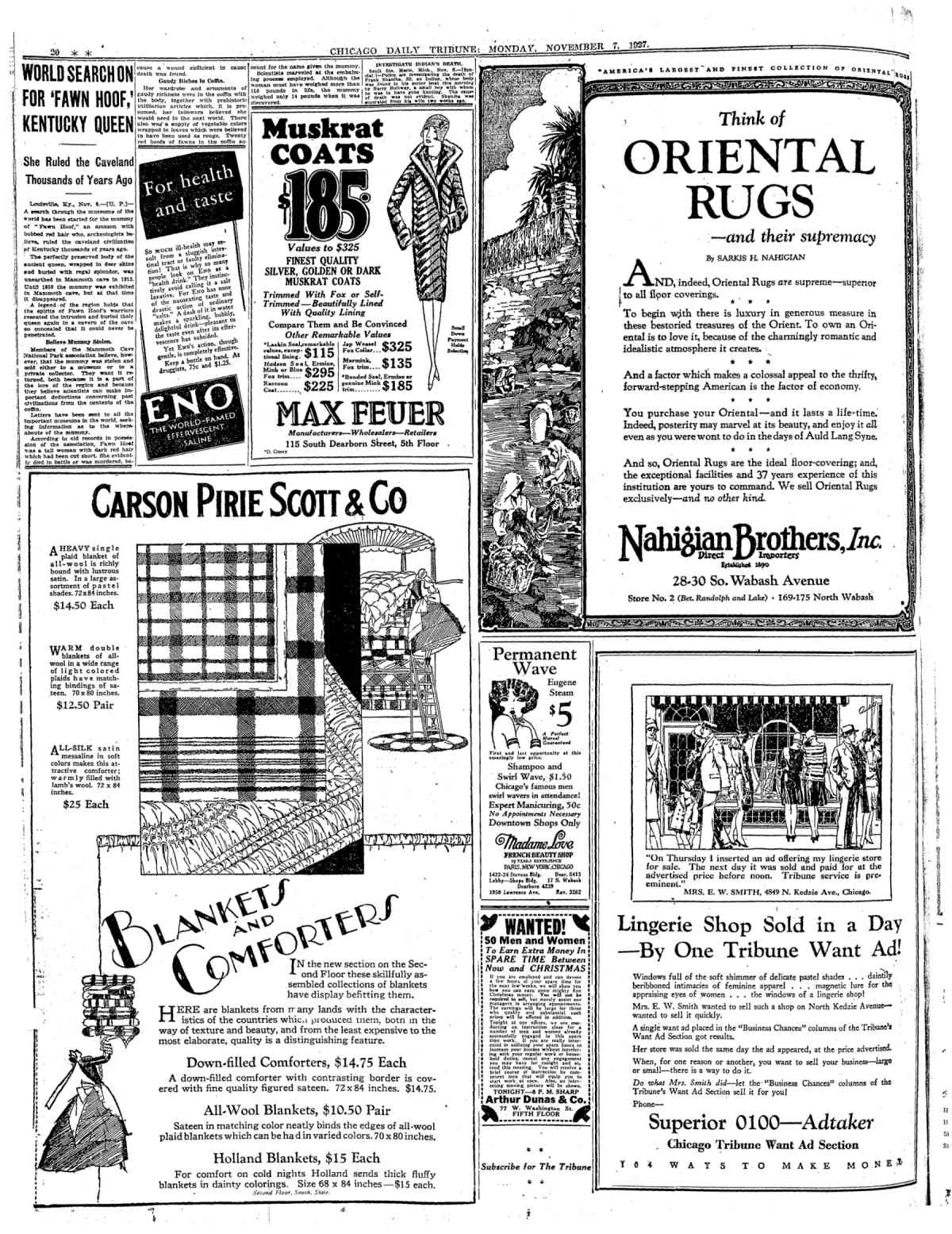
Her hair was cut short, and her teeth and nails were pristine.
A mummy that was not cared for
The mummy passed on from one antiquities collector to the other, and since its discovery in 1811, it has traveled from one oddity show to another.
Eventually, in 1876 Isaiah Thomas, founder of the American Antiquarian Society, eventually transferred the mummy to the Smithsonian Institution, where the first analysis was made. However, after having been on the ‘road’ for more than 60 years, the mummy was inevitably damaged.
Nonetheless, after analysis, the mummy revealed a lot to experts. In life, the person was six feet tall. The deerskin the mummy was wrapped in was decorated with various patterns. The mummy had red hair cut unusually. The hair color of the mummy was unusual and reminiscent of similar red-haired mummies that have been found in recent years in South America. Their origin remains unclear.
But in addition to being so well-preserved, another detail caught teachers’ attention: it was embalmed in a very similar way to how the ancient Egyptians used to prepare for the afterlife.
The scarce but accurate reports tell that the hands, ears, and fingers were extremely dried yet incredibly preserved.
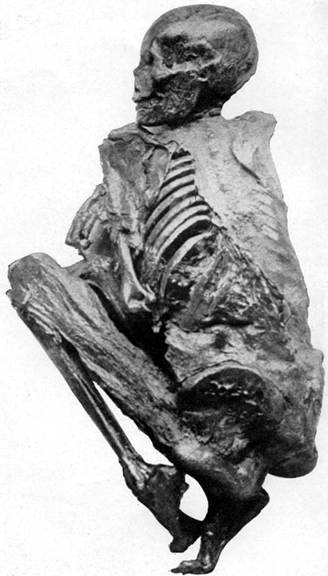
Shrouded in Mystery?
Soon after the mummy was studied, photographed, and directed by scientists at the Smithsonian Institute, some argue the mummy mysteriously disappeared, never to be seen from again. Other versions of the story suggest the mummy remains at the Smithsonian Institute, only that it was disassembled and stored in boxes.
Images of the mummy are nearly non-existent.
But what makes sit so mysterious, and why do people argue its evidence of an ancient Egyptian presence? Because, supposedly, the mummy was cared for and embalmed in a similar way to how the ancient Egyptians sued to.
However, that may not be the case, and there isn’t much about the mummy that suggests it has any connections to Egypt.
The reason why the mummy was so well preserved has to do a lot in the environment where the mummy was found.
Just like other mummies discovered in the Mammoth and Short Caves, the Fawn Hoof Mummy was most likely protected from decaying thanks to the cave conditions and the material the mummy was wrapped in.
The owner of Mammoth Cave, Charles Wilkins, reported then that the mummy had originally been found in the nearby Short Cave and relocated into Mammoth Cave for preservation. This and other mummies found in area caves were preserved because the cave atmosphere prevented decay.
Early Description
Wilkins, in a letter, describes the mummy: “It was found at a depth of about 10 feet from the surface of the Cave, …in a sitting posture, encased in broad stones, standing on their edges, with a flat stone covering the whole. It was enveloped in coarse clothes, …wrapped in deer skins….enclosed in the stone coffin were the working utensils, beads, feathers, and other dress ornaments, which belonged to her.”
The Egyptian Connection with the mummy discovered in 1811 is nonexistent. Two hundred years ago, no one ever mentioned any connection between Egypt and the Fawn Hoof Mummy. I guess that people would think the Mummy would be ‘more mysterious’ if you added the word Egypt next to it.
As you can see in the letter written by Wilkins, nowhere in the text does he mention anything related to Egypt. I doubt that he, or anyone else for that matter, would have omitted such an important detail had it actually existed.
Have something to add? Visit Curiosmos on Facebook. Join the discussion in our mobile Telegram group.



